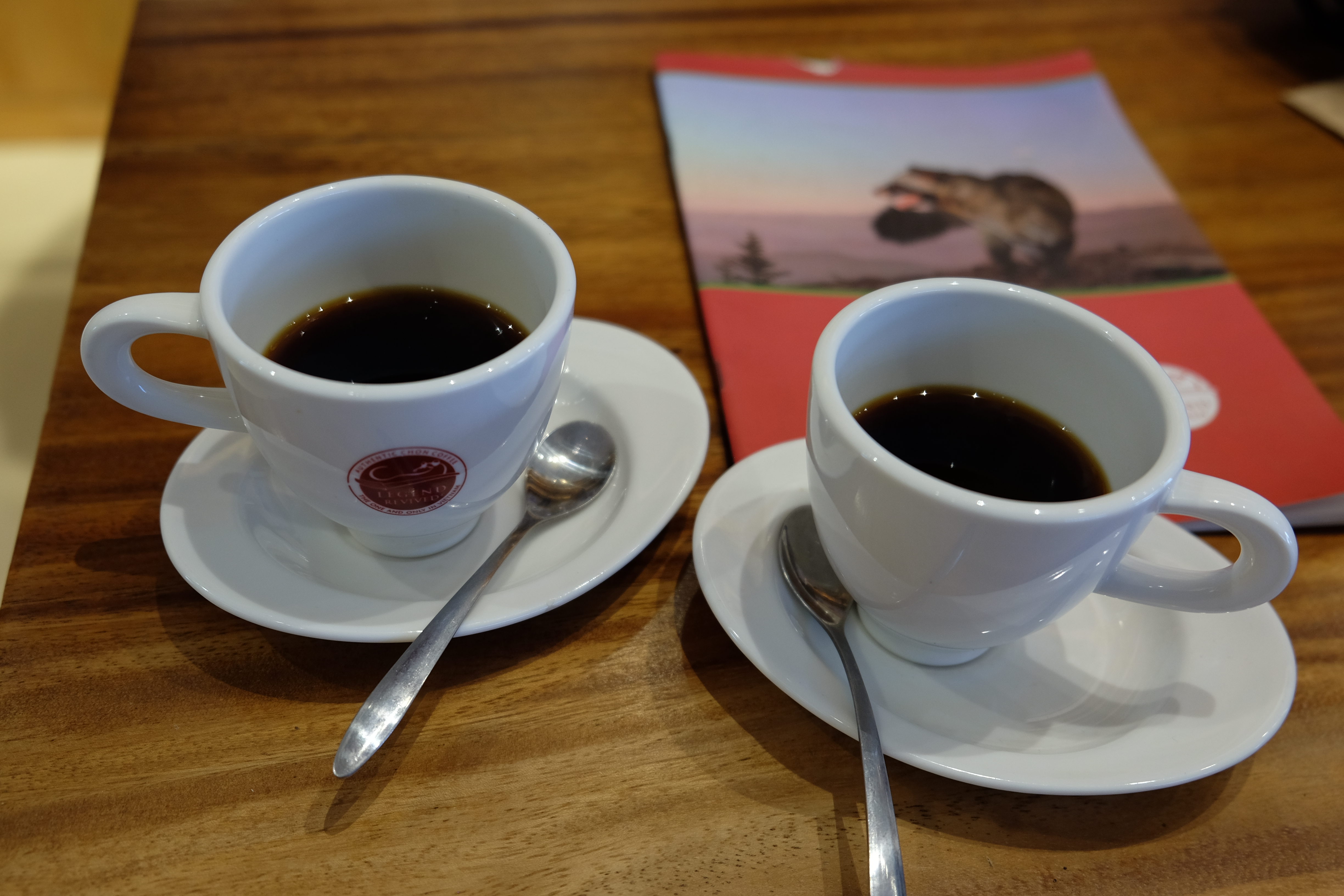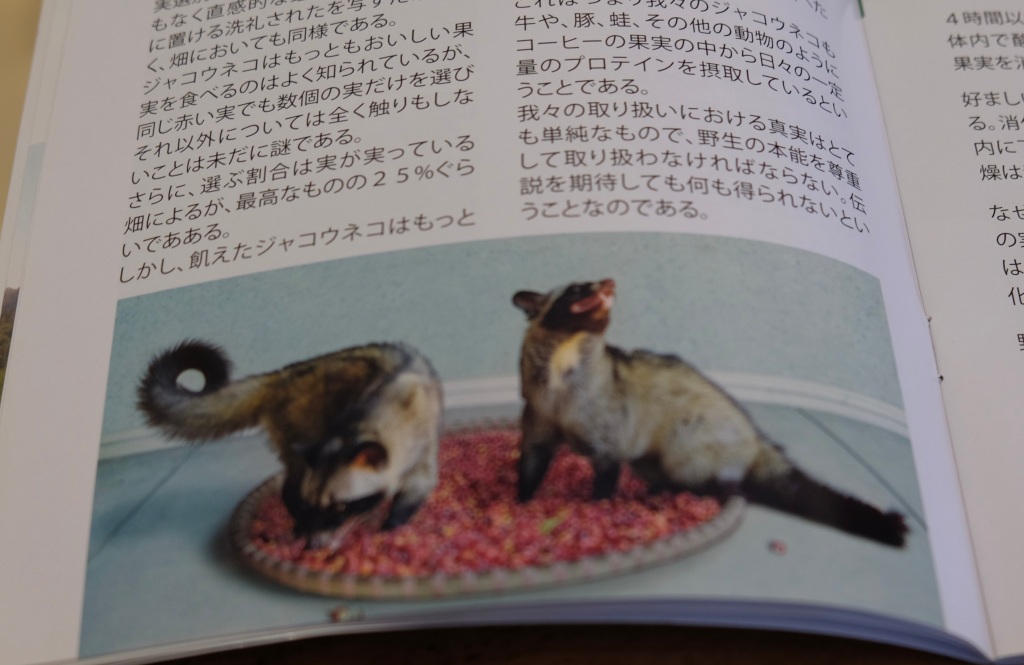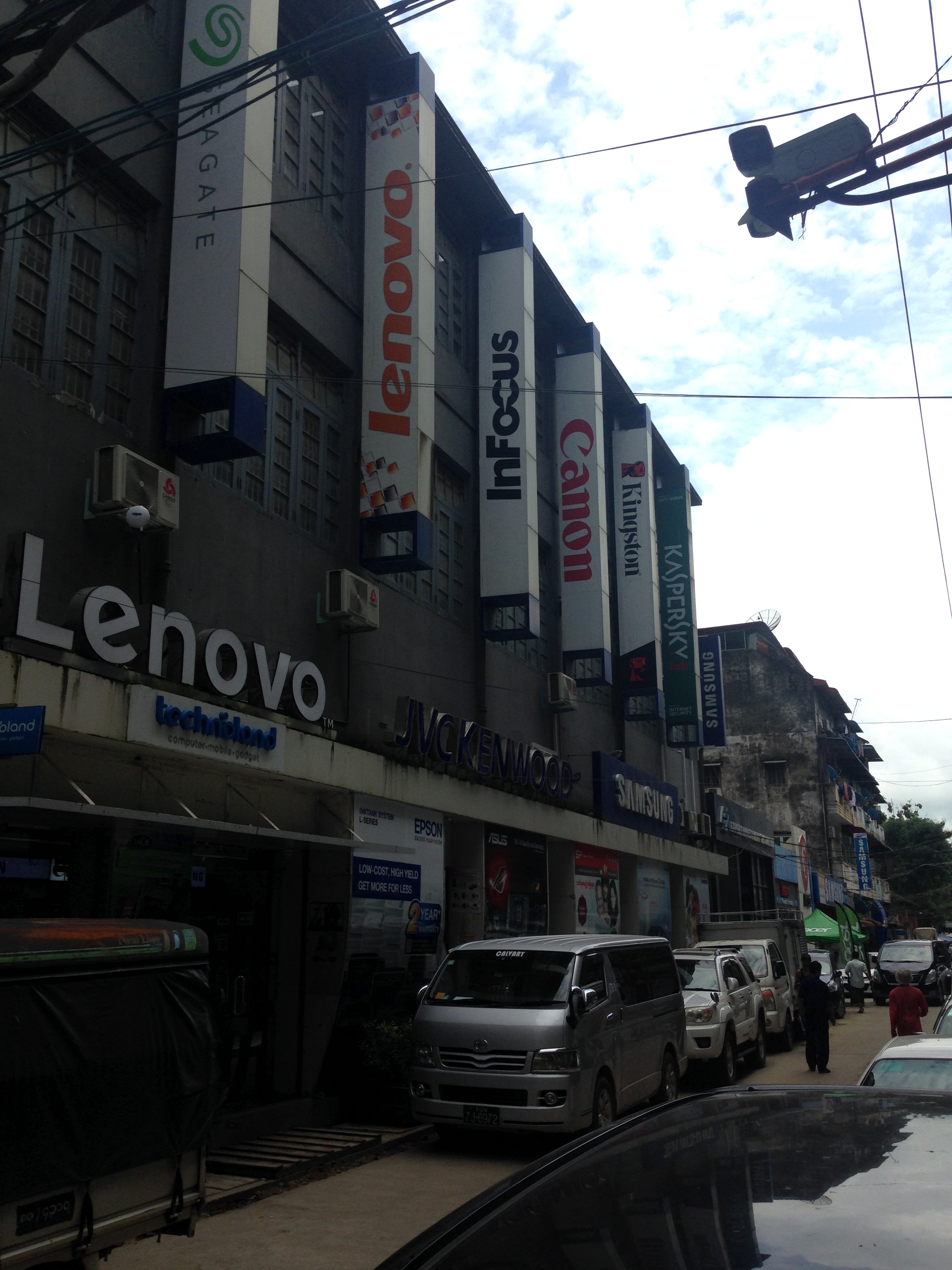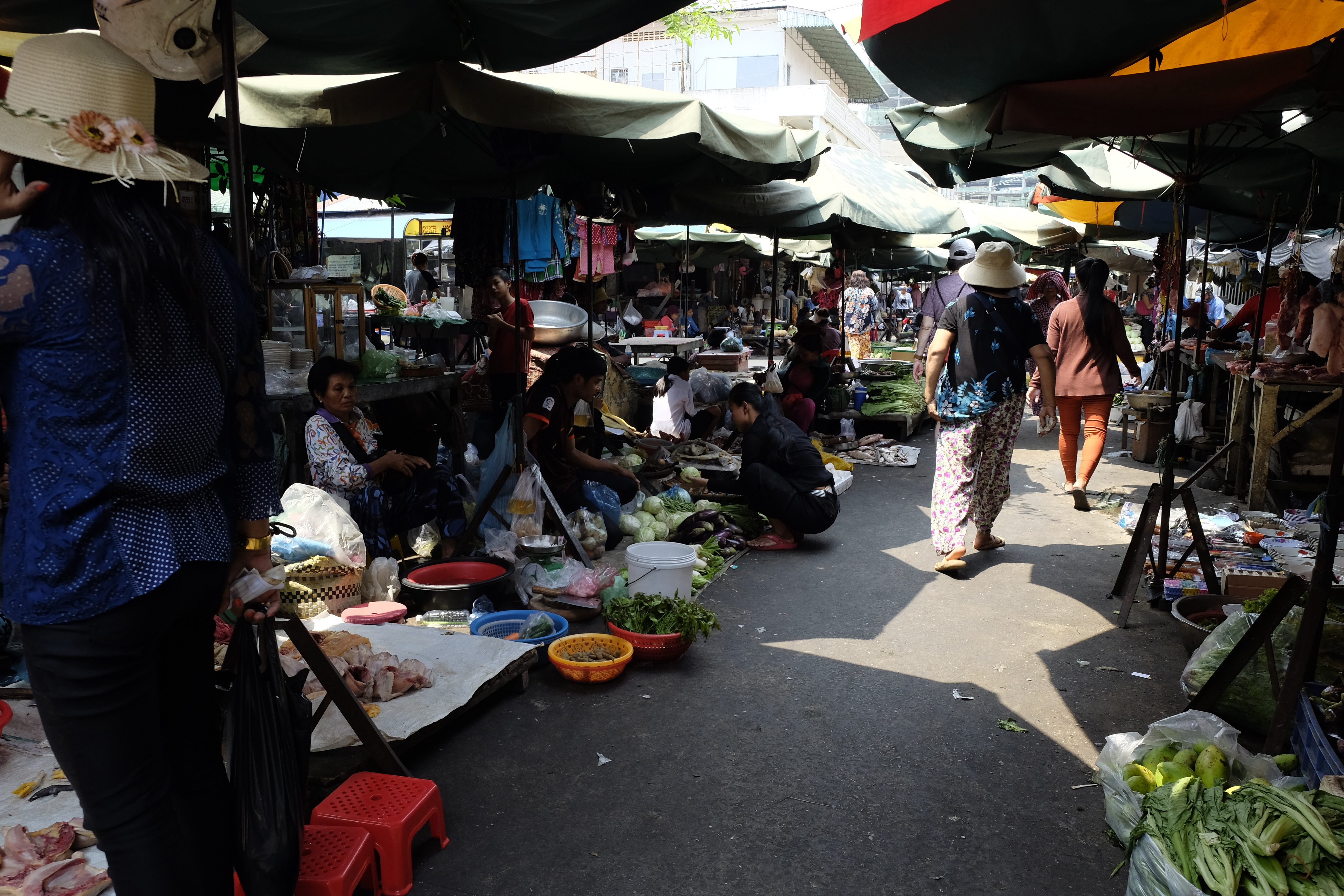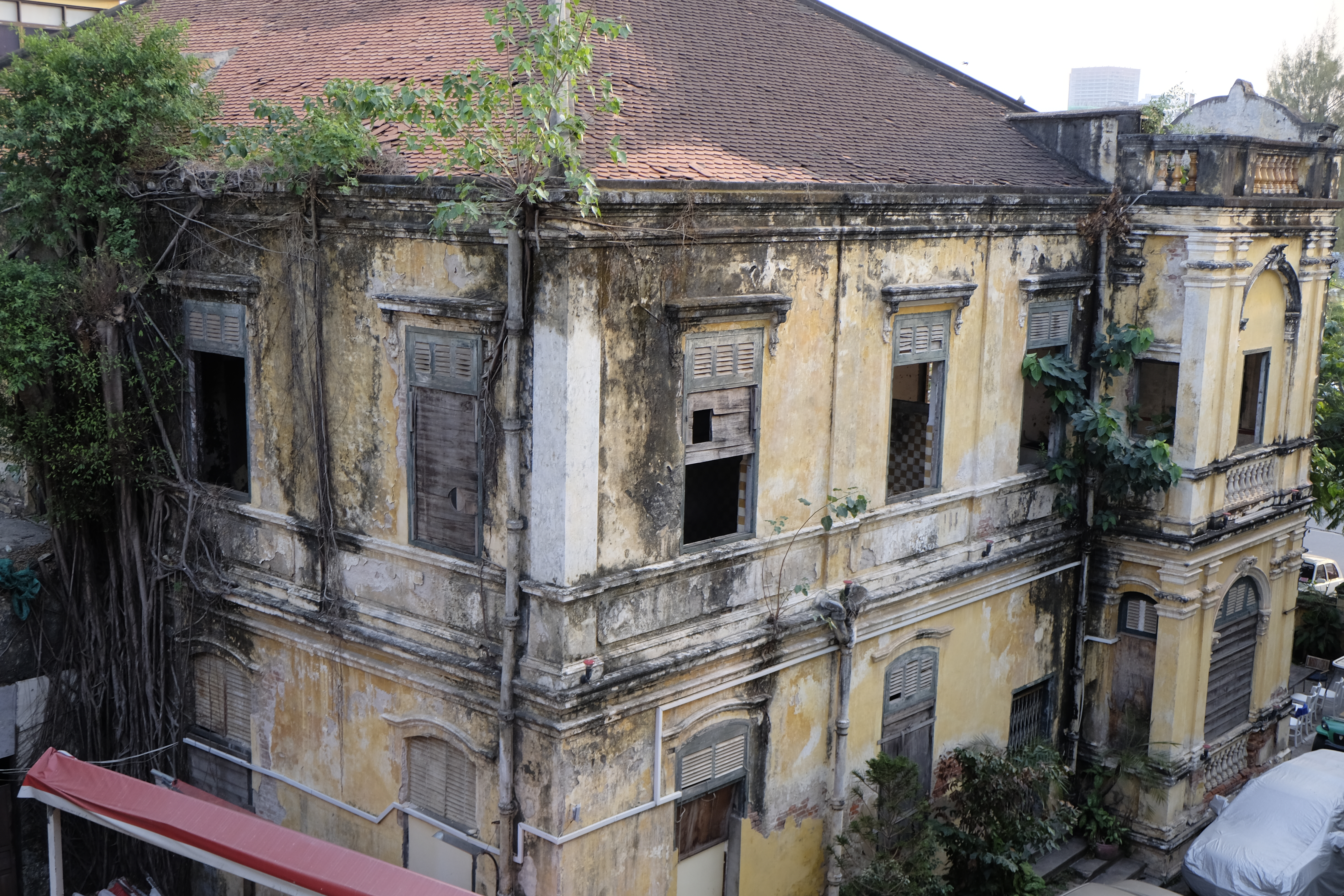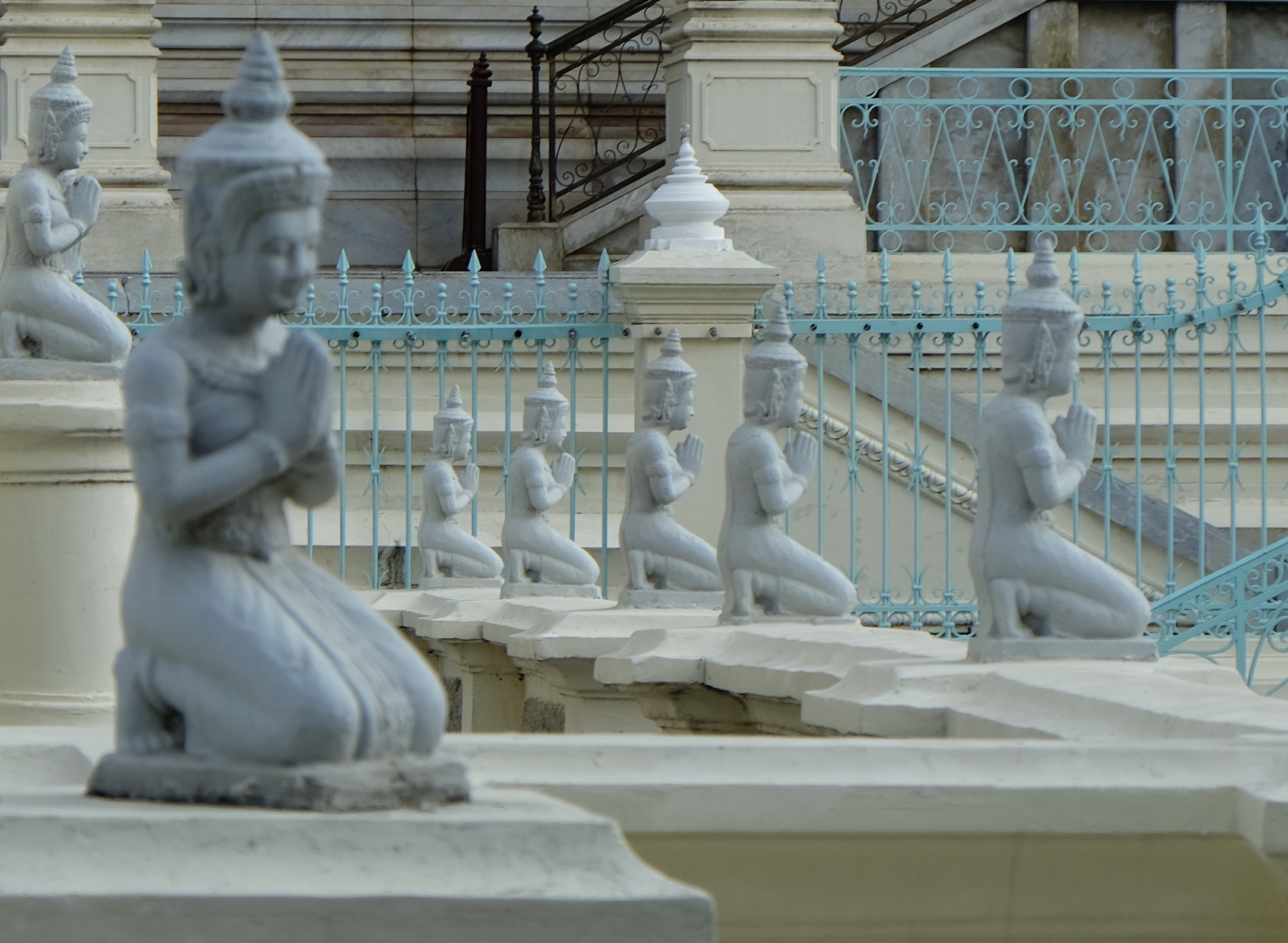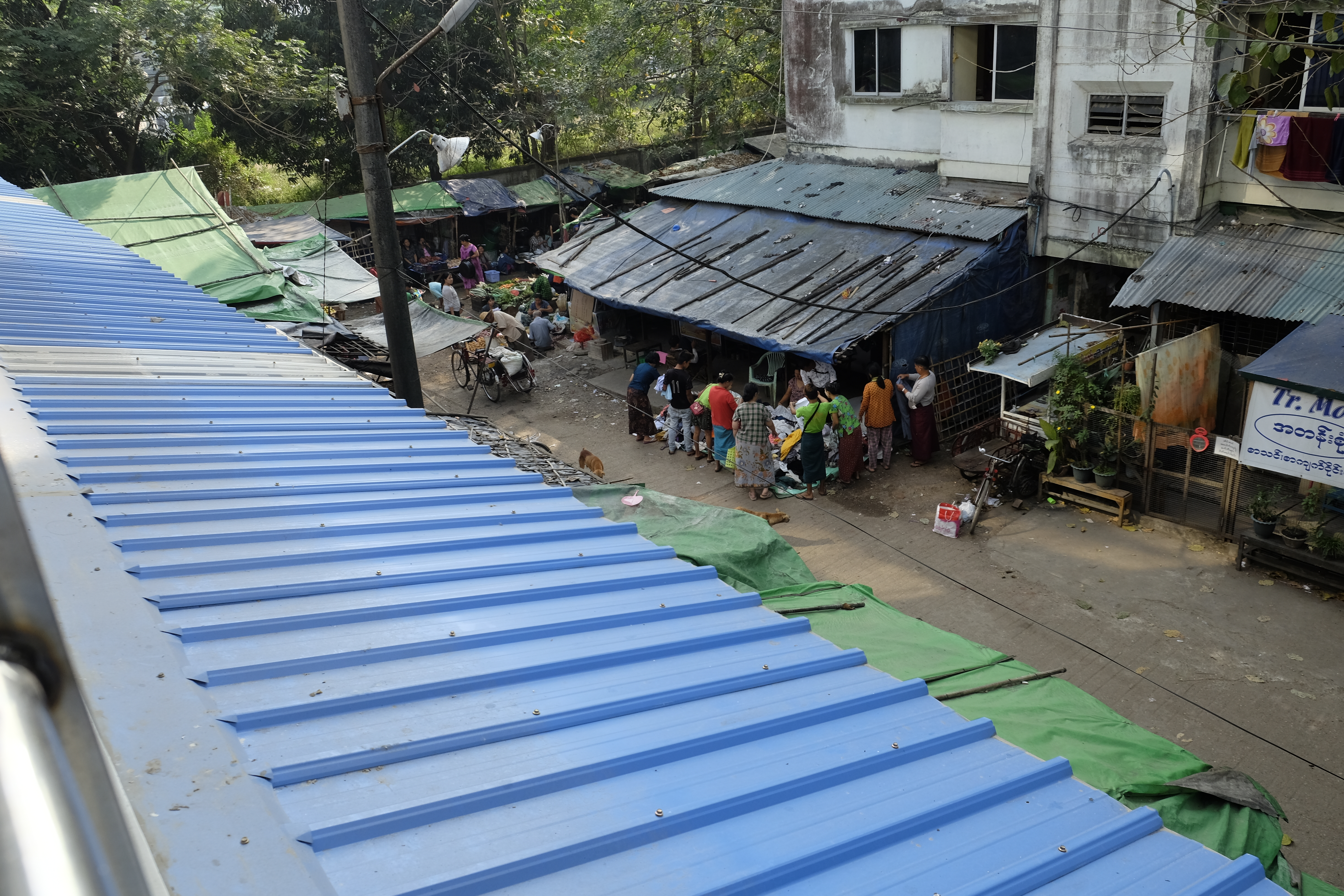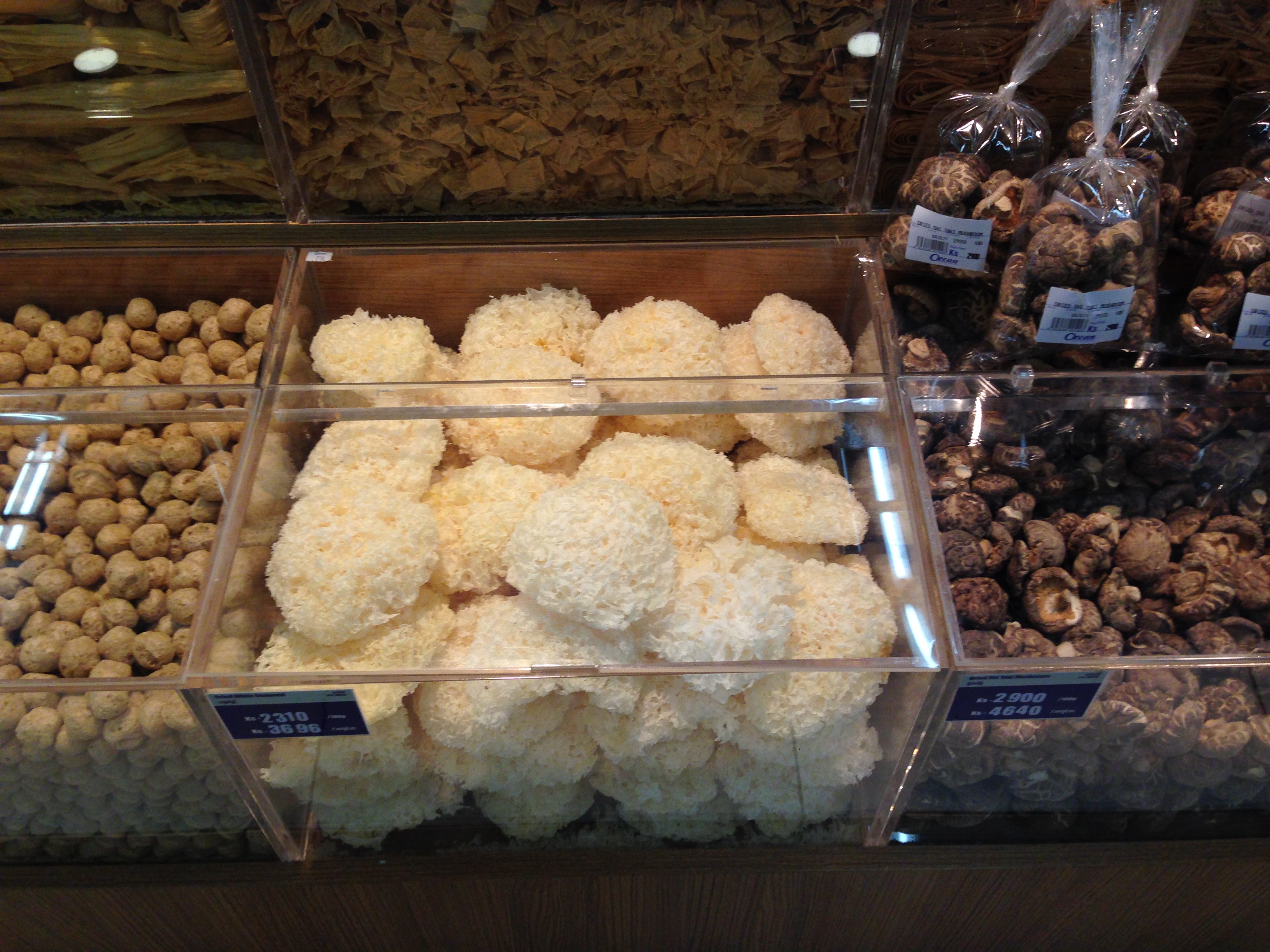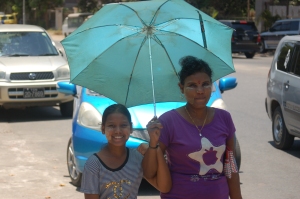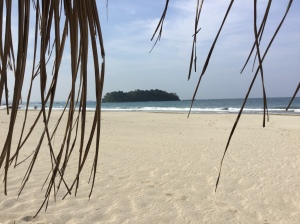
It’s Myanmar time!
We have returned to teach in Myanmar after a year of adjustment back in the U.S. Our abrupt departure from Yangon in 2016 made for an incomplete overseas experience and, after much searching, we ended up returning to the International School of Myanmar and our old apartment in the city of Yangon. Getting around in our old digs and remembering just where everything was took no time at all. But not without some observation changes we notice since we left.
Smiles still greet whenever we are about. And I know it is not entirely due to my monstrous proportions compared to the Burmese. So many western amenities are lacking and yet the locals still seem at ease. It is just that there exists a genuine sense of happiness and content that is hard to put a finger on. This does not ignore problems occurring here in other parts of the country but that conversation deserves a different venue.
Infrastructure is the first item on the list of something that has changed, albeit at a slow pace. Lots of buildings being erected and I have seen and heard as many ambulances in the past few days as I had in the entire year before. There could have been a spate of accidents, but not likely, and it does not explain the shiny new emergency vehicles that doppler by with that hee-haw bellow so commonly heard in Europe. And in speaking of vehicles, there are some new lines painted on the road that give turn directions from specific lanes. New traffic lights that countdowns how long from red to green, or green to red. No yellows though. Baby steps.
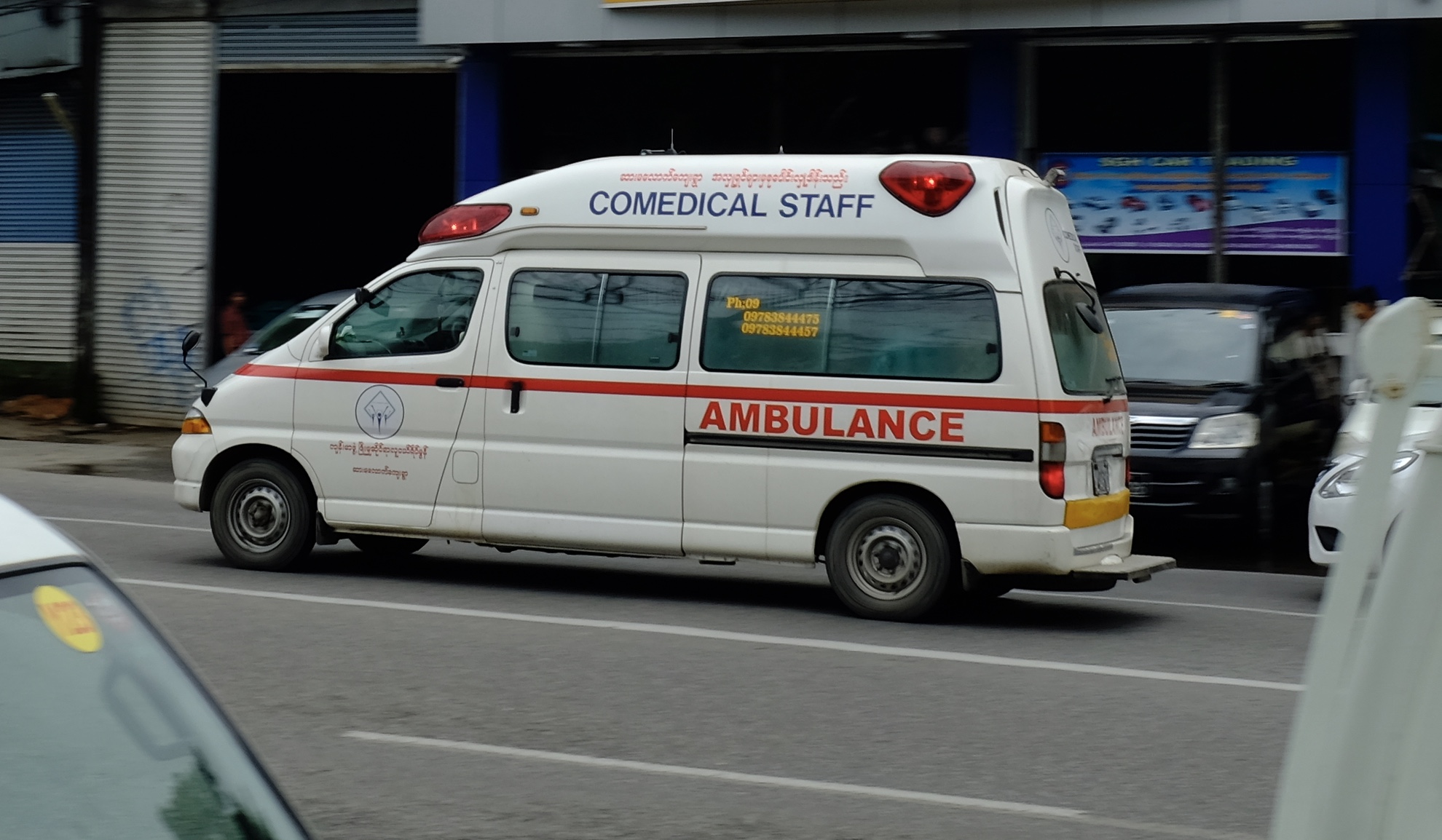
Returning to our original apartment put us right back into the driver’s seat of Myanmar, excepting that most cars here come from Japan with right side steering wheels and right lane traffic. Makes for some interesting on-offs with buses as passengers exit into traffic and not to the curb. That, however, is with the older ones and I have noticed a new line of coaches sporting a big YBS on the front and back which are owned by the city and no longer private. One step at a time I say.

New Yangon Bus!
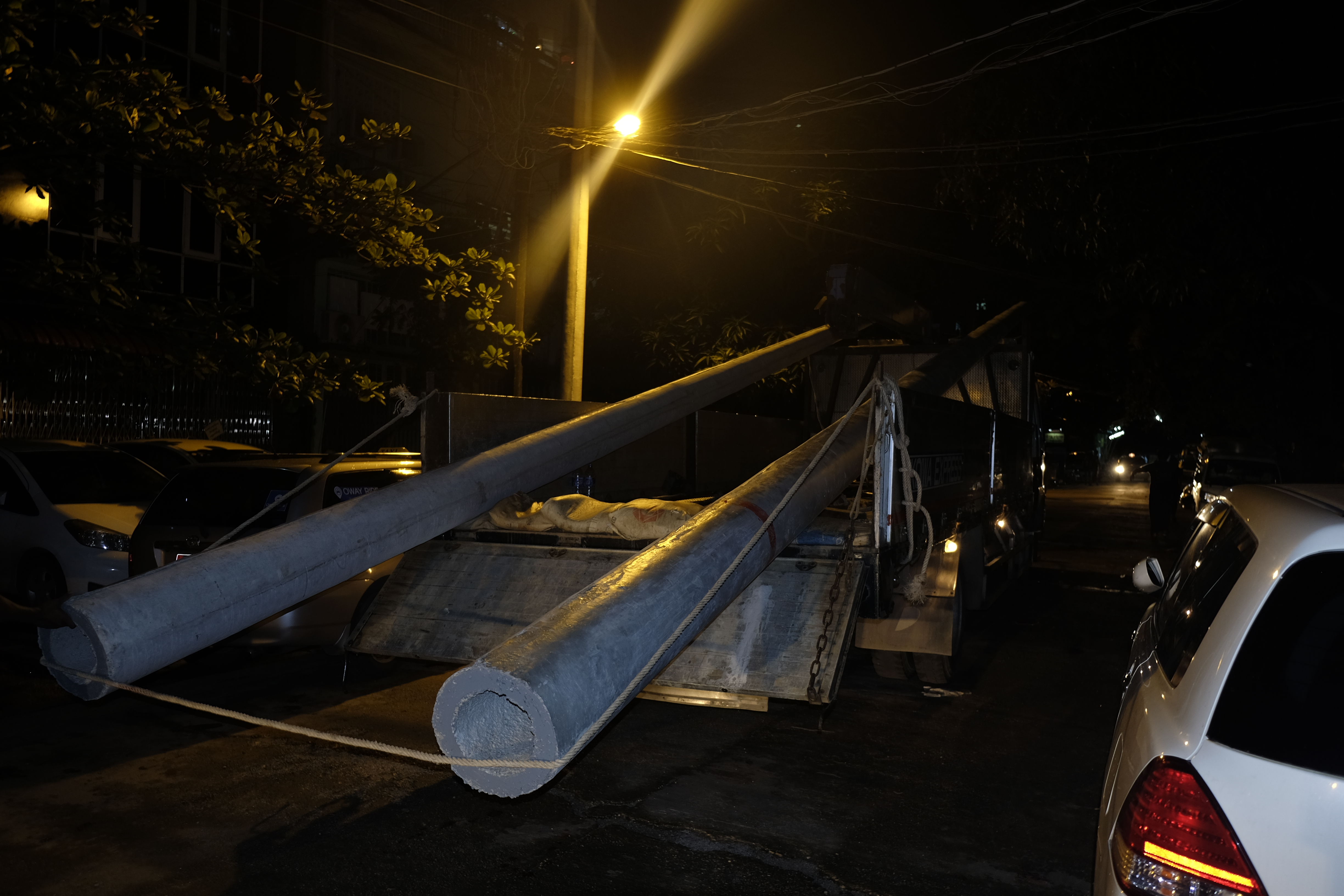
New power poles
Apartment building friends did well to provide vittles to get us by upon arrival, along with other essential items. Bug zappers, umbrellas and extra plastic containers for our cook. The first “vittel” we tried was a little bag of treats coated with a cheesey topping that we appeared to be some kind of baked rice or tiny chip. These were cheeto-dusted for flavor, but not in the finger staining way we are so used to. Call it cheeto-lite. These little morsels, upon closer inspection, gave rise identifiable form of an insect, family Gryllidae for those entomologists. The antennae and legs had been seared off in the frying process leaving a seared torso to nibble upon. They were crickets which are popular street food in Myanmar. And I do say they tasted better than ones I had before because that cheesey coating gave them a bit more flavor. When in Rome!

Small Crispy Crickets. Cheese Flavor!
Crickets were not the only snacks left by our friends as they left some chips, too. And everyone loves chips! These were not your usual ones, though, like something that can get dipped into salsa or creamy ranch dressing. As a matter of fact their exists no condiment that could have saved them. These “chips” were a container of baked squid. And I like squid! Distant memories of eating calamari at Alexis greek restaurant in downtown Portland came to mind. Opening the container should have been my first warning as an alarming fish odor permeated the apartment. But these were baked so how bad could they be? So being the good sport I sampled a squid chip and crunched down with an expectation of something new and exciting. Quickly I realized a whale had beached itself in my mouth and I desperately needed to remove the carcass. This assault rivaled the time when I was a five-year old and drank an ounce of turpentine from oldest brothers model set. At least with the paint thinner I could dowse the flame with copious amounts of water direct from the faucet. Baked squid was different. The chip left an impervious coating of a dead sea creature on my tongue for what seemed like time eternal. Gargling Listerine, drinking water, toothbrushing, sandblasting, were impervious to this tentacled embrace. Thank you my friends for leaving us this welcome back.
Things smell bad to us for a reason.
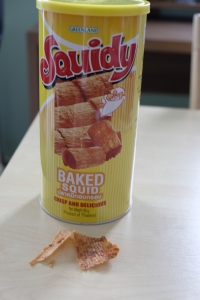
The chips looked so appetizing!
